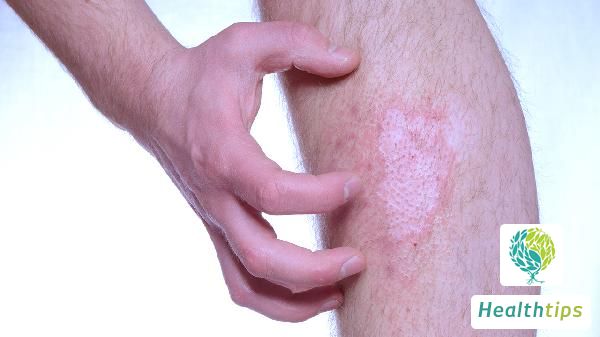How to Treat the Sound in Breathing Caused by Tuberculosis?
When tuberculosis patients exhibit respiratory sounds, they need to immediately go to the hospital for evaluation. These sounds may be caused by airway obstruction, inflammation, or the expansion of infection. Treatment options, such as pharmacological therapy, physical expectoration, or surgical intervention, should be selected based on the specific condition.

1. Possible Causes
Tuberculosis is an infectious lung disease caused by Mycobacterium tuberculosis. When the infection involves the trachea and bronchi, the airways may become narrowed or filled with secretions, leading to abnormal respiratory sounds. Specific causes include:
- Inflammatory Effects: Tuberculous lesions cause widespread inflammation in the lungs and airways, resulting in airway narrowing and changes in respiratory sounds.
- Accumulation of Secretions: In the course of tuberculosis, the amount of sputum secreted increases, blocking the airways and inducing abnormal sounds.
- Pathological Changes: Long-term untreated tuberculosis may lead to diseases such as pulmonary fibrosis or bronchiectasis, which may also be the source of respiratory abnormalities.
2. Treatment Methods
Based on different causes, the treatment methods for tuberculosis patients with respiratory sounds include the following:
- Pharmacological Therapy:
- Antituberculous Drugs: Combination therapy with four drugs such as isoniazid, rifampicin, and pyrazinamide is used to eliminate the source of infection and inhibit the reproduction of Mycobacterium tuberculosis. Treatment generally lasts for 6-9 months and requires regular follow-up.
- Bronchodilators: Such as salbutamol, which can relieve airway spasms and improve respiratory symptoms. Use should be under the guidance of a doctor.
- Expectorants: Such as ambroxol, which helps dilute sputum, relieve airway obstruction, and improve airflow smoothness.
- Physical Therapy:
- Chest Physical Expectoration: Methods such as clapping on the back help expel mucus stuck in the airways, reducing respiratory resistance.
- Nebulization Inhalation: Using an ultrasonic nebulizer to directly apply drugs to the airways, loosen sputum, and reduce inflammatory responses.
- Surgical Treatment: If drug and physical therapies are ineffective, or conditions such as bronchial stenosis or worsening cavity infection occur, surgery may be required to remove the lesion, such as lobectomy or bronchoplasty, to restore airway patency.
3. Auxiliary Measures
Patients should focus on balanced nutrition, consuming high-protein foods such as fish, eggs, and dairy products. At the same time, they should quit smoking and alcohol consumption to avoid stimulating the respiratory tract. Maintain regular sleep patterns, good mental health, and enhance immunity. Respiratory sounds indicate that tuberculosis may not have been effectively controlled, and patients should seek medical attention as soon as possible to determine the cause and follow the doctor's advice for targeted treatment. Once diagnosed, patients should use medication as prescribed throughout the treatment period and should not discontinue or interrupt treatment without authorization. Avoiding transmitting tuberculosis to others is also an important aspect that patients should pay attention to.



















